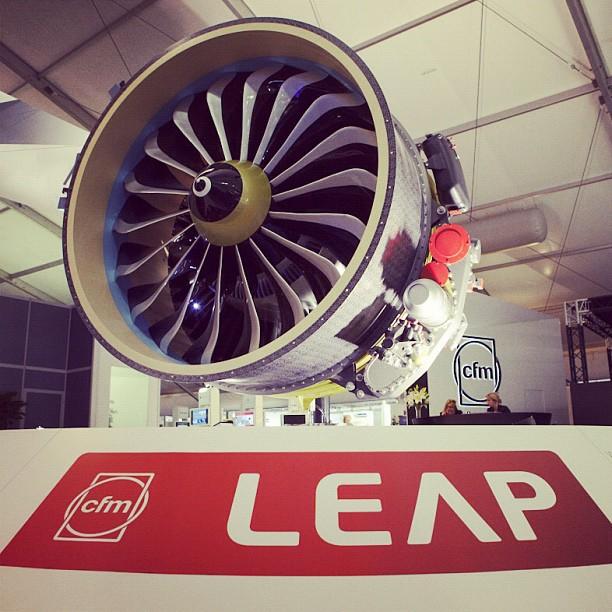In the previous article, we saw how China’s current inability to make the best and newest jet engines was slowing its independence. In order to truly be its own master in defense and foreign policy, it has to free itself from its dependence on Russian jet engines to power its air force.
Because 3D printing will play such an important role in the production of jet engines, it is extremely interesting and even strategic for China’s future. Rather than play catch up, 3D printing could allow China parity and perhaps even advancements vis a vis other countries. Simultaneously, there is an additional logic and opportunity that will cause the panda to love 3D printing: wide-body aircraft.
For a number of decades, China has worked towards the rather elusive goal of developing its own large commercial aircraft that would be able to compete head on with Boeing and Airbus. In 2019, Boeing had $79 billion in sales, while Airbus took in around $70 billion. The large passenger aircraft market is a duopoly shared between the two almost exclusively. The pair have a market share of around 85%, In smaller passenger aircraft, Embraer plays a role, while personal planes see dozens of companies taking part. The prestige of having a true Boeing and Airbus competitor would be considerable. At the same time, the economies of scale that this would provide and the knock-on benefits that this would convey to their economy and military technologies would be considerable.

China is now also the world’s largest aviation market. This provides it with a lot of market power to convince subsystems companies, avionics firms, and the like to work with them. Additionally, if you’re in the driving seat and will be spending more on aircraft than anyone else in the world, they may as well be your aircraft right? In 2019, China ordered $34 billion Airbus aircraft in one order.
The nation’s entry into the long-haul space is COMAC, which shipped 20 passenger planes last year—a little more than Bombardier, Sukhoi ,and ATR, but only half of Embraer, one-seventh of what Boeing did in its annus horribilis, and one-27th of Airbus deliveries. COMAC, therefore, has quite a while to go.
But its C919 is a credible aircraft, with subsystems by Liebherr and other world class companies. The 168-seat airliner has a range of 4,075 kilometers, so it is not yet head to head with the largest passenger aircraft that Boeing and Airbus offer. However, a future development of the C919 is sure to be a competitor to the Airbus 320NEO and Boeing 737.

As this article points out, the NEO now has 2,000 kilometers more in range and there are over 10,000 320 planes flying worldwide. China Southern has ordered five C919s and many more orders will follow. It may take decades for COMAC to catch up, but, in the scheme of things, this isn’t a very long time. The benefits to China of ordering billions of dollars of its own aircraft, while strengthening its industrial base and furthering its capabilities in high-tech manufacturing are simply too great.

The next generation LEAP engine that uses a 3D printed fuel nozzle will be on the C919
The below quote showcases how the development of the C919 is intertwined with five-year plans, the future of the Communist Party, Xi Jinping’s leadership and impact, as well as the development of the nation of China.
“China Eastern Airlines had become the world’s first launch customer of C919, which was a concrete action for both sides to deeply study and implement Xi Jinping Thought on Socialism with Chinese Characteristics for a New Era, was a concrete action to highlight the ‘six strengths’ of Central State-owned Enterprises (SOE), and was of special significance in beginning the 14th Five-Year Plan, starting a new phase, and building a new pattern. As a good aircraft was determined by both its manufacturing technology and its flight performance, China Eastern Airlines would shoulder a significant mission to operate the China-made aircraft well, achieve the goals of flying safely, creating benefits, setting up a brand and realizing ambition, and make new and greater contributions to the construction of the ‘five centers’ of Shanghai and the building of a new development pattern, so as to celebrate the Centenary of the Founding of the Chinese Communist Party with more excellent achievements.”
I really wouldn’t want to be China Eastern’s maintenance chief right about now. The hope of a nation on your shoulders and perfection are all that is good enough. Coupled with the defense benefits of advancing China’s capabilities in aircraft manufacturing, we can see that the government’s interest and attention in this area are very high. And, in this case as well, we can see 3D printing becoming an emerging technology in many different parts of passenger aircraft from galley walls to brackets and other components. We can be sure that, in both civil aviation and 3D printing, China’s interest in 3D printing will be of the utmost importance to the nation.
Subscribe to Our Email Newsletter
Stay up-to-date on all the latest news from the 3D printing industry and receive information and offers from third party vendors.
Print Services
Upload your 3D Models and get them printed quickly and efficiently.
You May Also Like
Nikon SLM Solutions Sells SLM 500 to Primary Weapon Systems to Expand Suppressor Production
Primary Weapons Systems (PWS) is a Boise, Idaho-based manufacturer of suppressors, firearms, and related components. A subsidiary of Vigilant Gear and a sister company to aftermarket Glock slide manufacturer Lone...
3DPOD 261: Tooling and Cooling for AM with Jason Murphy, NXC MFG
Jason Murphy´s NXC MFG (Next Chapter Manufacturing) is not a generalist service; instead, the company specializes in making tooling. Using LPBF and binder jet, the company produces some of the...
HP and Firestorm Labs Form Partnership to Use Multi Jet Fusion 3D Printers in Deployable Factories
HP Inc., maker of a range of additive manufacturing (AM) solutions including the Multi Jet Fusion (MJF) ecosystem, has announced a partnership with Firestorm Labs, a developer of containerized, deployable...
3D Printing News Briefs, July 2, 2025: Copper Alloys, Defense Manufacturing, & More
We’re starting off with metals in today’s 3D Printing News Briefs, as Farsoon has unveiled a large-scale AM solution for copper alloys, and Meltio used its wire-laser metal solution to...
































